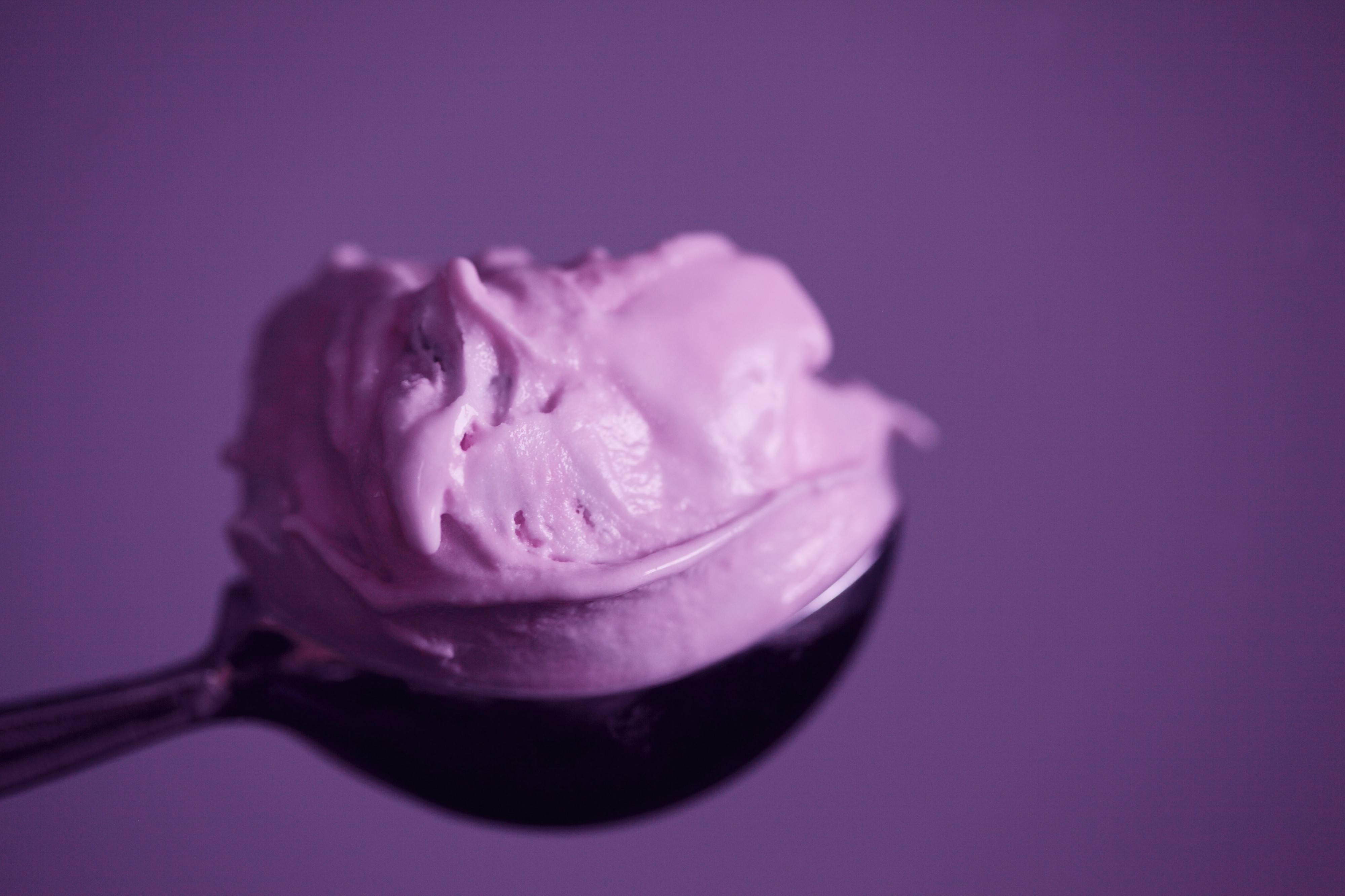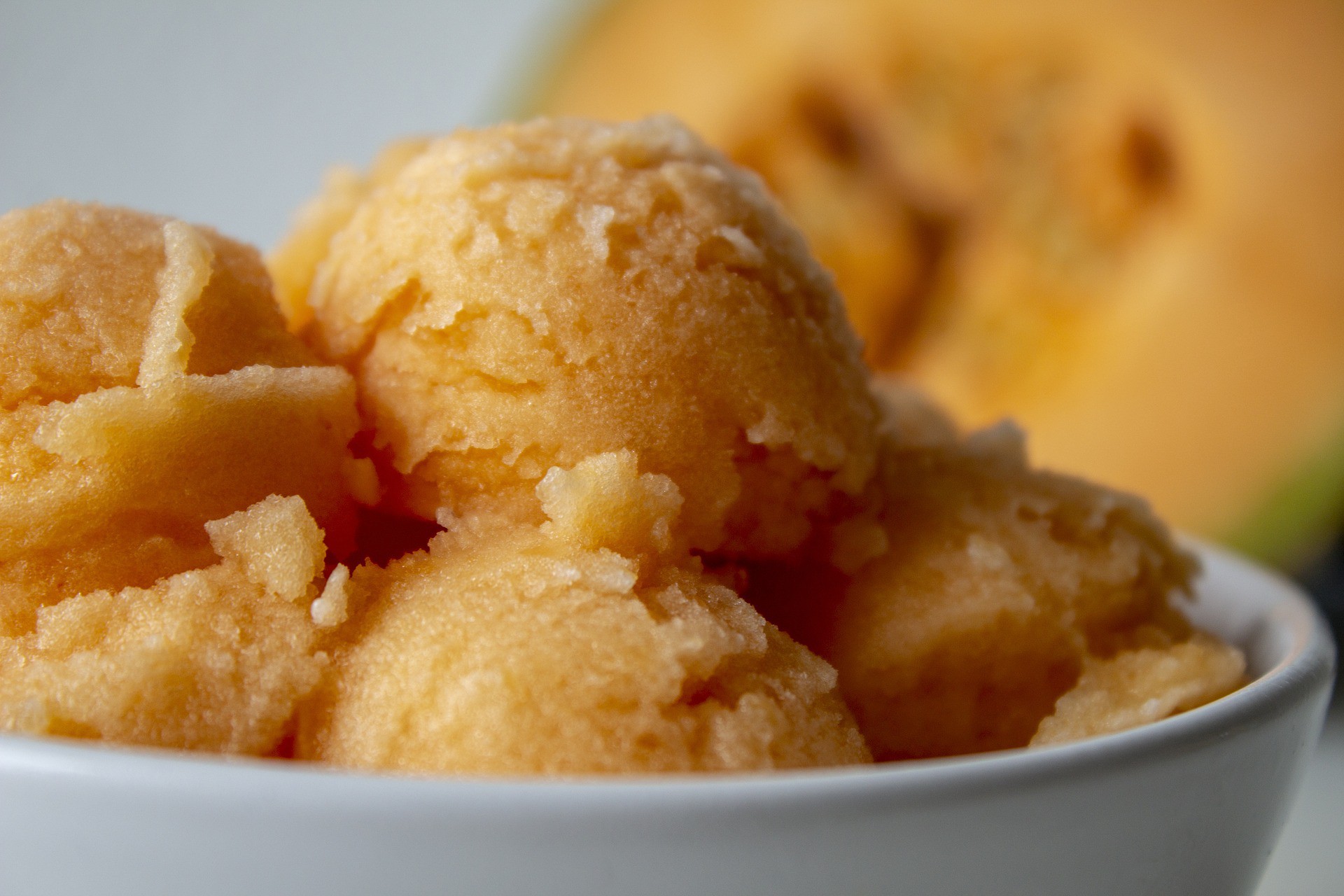Not to mention frozen custard, sorbet, and sherbet. Here?s a guide to your favorite summer treats.
 Photo by Mark Cruz from Unsplash
Photo by Mark Cruz from Unsplash
Can you imagine a better summer day than relaxing and treating yourself to a big bowl of ice cream? Or maybe custard? Gelato?
Which brings up, what?s even the difference between all these frozen treats?
As a pre-summer activity, let?s finally dig into ice cream and all its cousins to figure out exactly how each of these frozen desserts is unique.
Ice Cream
You may be familiar with the popular kinds like chocolate and vanilla, but ice cream can be found in just about any flavor including lobster and corn on the cob.
And just how much do people love ice cream?
Well, about 16.3 billion liters of ice cream are produced worldwide each year. By country, the U.S. leads in ice cream production with an estimated 4.4 billion liters per year.
And making ice cream is no joke. In the U.S., ice cream has a legal definition, called a standard of identity, and is surrounded by several laws that dictate its composition.
By definition, ice cream is a mixture of milk fat, milk solids (that?s mostly protein with some lactose), sugars, and flavorings. There?s additional ingredients like emulsifiers and stabilizers, but these are used in much smaller amounts.
This mixture is frozen and whipped at the same time, which results in tiny ice crystals and air bubbles being incorporated. This is what gives ice cream its light and foamy texture. Then the ice cream is packaged and stored in a freezer for further hardening.
Even within the category ?ice cream? there can be major differences in quality. Cheaper ice creams tend to whip in more air, since this is essentially a free ingredient.
On the other hand, premium ice creams have higher milk fat contents, which is the most expensive ingredient, but important for that rich flavor and creamy texture. A premium brand would include about 16?18% fat compared to an economy product with only 10 % fat, or the legal minimum.
Now that we have a simple definition of ice cream, let the comparisons begin.
Custard
 Photo by David Disponett from Pexels
Photo by David Disponett from Pexels
This type of dessert was first seen in France in the middle of the eighteenth century and termed fromages glacs, which translates to cheese ice. The main difference between custard and ice cream is the addition of egg yolk.
In the U.S., frozen custard has a legal definition specifying that it must contain at least 1.4% egg yolk solids. Otherwise, the dessert cannot be called frozen custard. Instead, it would fall under the ice cream category. Other countries like Canada don?t have a legal definition that distinguishes custard from ice cream.
The egg lends the custard-like flavor, while also supplying an emulsifier called lecithin. Emulsifiers are ingredients that are specially suited to bridge different phases like oil, water, and air. This gives custard its distinct smooth texture compared to ice cream.
Frozen Yogurt
The market for frozen yogurt goes through cycles of high popularity to near non-existence. Out of the total frozen desserts category, frozen yogurt continually makes up less than 5%.
 Photo by Kristina Paukshtite from Pexels
Photo by Kristina Paukshtite from Pexels
Unlike custard and ice cream, frozen yogurt doesn?t have a legal definition in the U.S. Instead, makers have a lot of leeway in what distinguishes frozen yogurt from ice cream.
Generally, frozen yogurt reflects regular yogurt by containing live microorganisms that ferment sugar to lactic acid. This gives the dessert a tangy flavor. Other products take a short cut and directly add citric acid to develop acidity.
Frozen yogurt is usually regarded as a healthier version of ice cream, which is likely spurred by its lower fat content, typically only 2?4%. Additionally, the microorganisms used in the frozen yogurt have a reputation of being probiotics or aiding in digestive health. The problem is, since there?s no legal standard for frozen yogurt, any microorganisms could be used, not necessarily probiotic ones.
Gelato
?You asked me what the difference between gelato and ice cream is, (long pause) I guess about 50 cents to 1 dollar a scoop.?
-Anonymous FDA Official in Washington, September 2006 in phone conversation
 Photo by JSHOOTS from Pexels
Photo by JSHOOTS from Pexels
Gelato is the Italian?s twist on ice cream, yet gelato is a combination of the two Spanish words helado meaning ?ice? and congelare or ?to freeze.? This reflects a time period where the territory of modern day Italy was ruled over by many governments.
With various rulers claiming different parts of Italy, a fractured definition of gelato occurred. In Sicily, corn starch was added to the cream to yield a thick texture. Compare this recipe to Naples, where gelato was traditionally made with milk and eggs. If you move even more north, gelato was a combination of milk, cream, and eggs all used together.
Although regional versions of gelato existed, one Italian chef by the name of Francesco Procopio Dei Coltelli is credited with inventing the treat. In 1688, the chef opened up Cafe Le Procope in Paris to serve his frozen dessert. The restaurant is still open today.
In the present day, gelato is characterized by having a much higher sugar content, especially corn syrup, but is balanced with a lower percentage of fat. It also tends to have less air incorporated during freezing. This composition gives gelato a soft and pliable texture that?s seen as the treat is scooped out of traditional stainless steel trays with a paddle.
Typically, gelato is flavored with fruit and liqueurs that really give a burst of flavor.
Sherbet
The word sherbet is thought to be derived from the Arabic word ?sharab? which describes a cold, sweetened drink.
 Image by Sharon McCutcheon from Unsplash
Image by Sharon McCutcheon from Unsplash
The bright colors of popular sherbet flavors like orange, lime, lemon, and raspberry are bound to catch any child?s eye. Sherbets are known for their fruity, fun flavors, but that?s not all that distinguishes them from ice cream.
Sherbet is another one of those foods that has a legal definition according to U.S. law. A sherbet must contain milk ingredients and milk fat, but at much lower amounts than traditional ice cream. This results in an icy and coarse mouthfeel rather than the rich taste of ice cream.
More obvious differences include higher uses of fruit ingredients, explaining the tart taste. Sweeteners are usually used at higher levels too. This explains my love for sherbet as a kid, but disdain for the overpowering sweetness and stomach aches it causes as an adult.
Sherbet isn?t a popular choice when it comes to frozen treats and is responsible for only about 3.5% of the frozen dessert market in the U.S.
Water Ice
Ices, with their accompanying petits fours,
bring the dinner to a close ?
at least as far as cookery is concerned?
-Auguste Escoffier
A Guide to Modern Cookery
 Image by Kathryn Loydall from Pixabay
Image by Kathryn Loydall from Pixabay
In the middle of the seventeenth century, a dessert termed water ice became commonly served at royal courts around Europe. At the time, only nobility would have had access to such a treat. Remember, this is long before any type of mechanical refrigeration or freezing. As the name implies, the treat was a simple mixture of ice and sugar syrup for flavoring.
Water ice was first seen in a published cookbook in 1692 by the Frenchman Nicolas Audiger, who claimed to have been serving the dessert to royalty for several decades preceding. As ices began to spread throughout Spain and Italy, they garnered many names including eaux glaces, acqua gelate, and eaux.
Think of water ices as the ancestor of Icees, slushies, snow cones, and popsicles. Composition wise, water ices are traditionally 30% sucrose (table sugar) and 10% corn syrup. The other 60% is a combination of water and flavor preparation. More deluxe versions may have fruit pieces or purees used as flavoring in this type of product.
Sorbet
 Image by ElizabethRose from Pixabay
Image by ElizabethRose from Pixabay
Sorbet is a fancier version of water ice that?s whipped while freezing to incorporate air. Similar to water ice, sorbet is dairy-free with no milk or cream used. This is a huge differentiating factor from ice cream and its many other spinoffs.
The first written record of sorbet was in 1691 by a Frenchman Franois Massialot, who published 11 different sorbet recipes in his cookbook ?Nouvelle Instruction pour les Confitures, les Liqueurs et les Fruits.? By 1695, the first book dedicated solely to sorbet recipes was introduced.
The formulation is similar to water ice in that fruit preparations are often used to flavor these desserts. Sorbet might also include a small amount of egg white, which helps incorporate tiny air bubbles during whipping. Like water ice, the sugar content is relatively high, usually over 30%, when adding up all the sucrose, corn syrup, and any other sugar naturally present in the fruit.
Now you know, if you?re looking for a dairy-free dessert, water ice and sorbet is your best bet. You could also consider sherbet or gelato, although they do contain milk ingredients, but at lesser amount than traditional ice cream.
Frozen yogurt is really a free-for-all since there?s no legal definition. You don?t know what you might get. Compare that to ice cream, frozen custard, and sherbet, which are all tightly regulated to have a certain composition. These laws help keep the standards of these products relatively high.
As warm weather quickly approaches, it?s no longer a mystery what differentiates one frozen dessert from another. So go forth and enjoy these tasty treats, but don?t forget to impress your friends with all your knowledge about ice cream and its many varieties.


